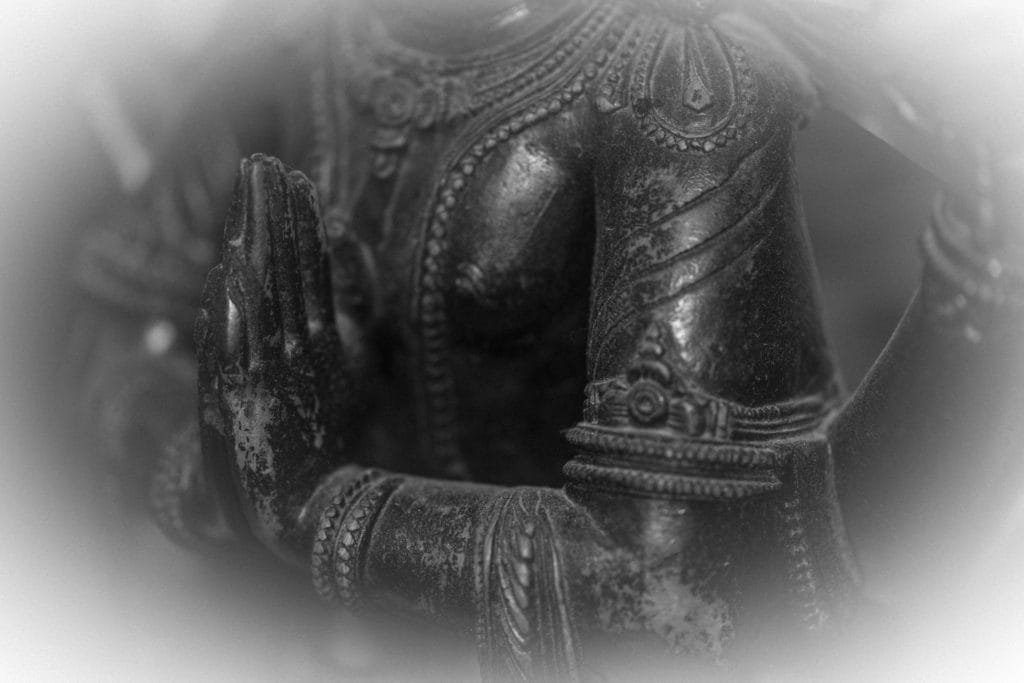The history of yoga is that it has been passed from teacher to student (guru to sisya) over millennia. Each teacher grapples with and establishes a way of working to resolve the questions posed within the Yoga Sutras by Patanjali. What has to be recognised is that Patanjali does not describe the specifics of what to do in one’s daily practice but rather generates a map of the human condition, outlining why we suffer, along with types of suffering, the behaviour of the mind, as well as types of people, and ways to practice to resolve the inner turmoil we all experience. It is up to each individual to form a methodology of practice that applies Patanjali’s principles. This is the work that a practitioner does to confirm or refute the propositions of Patanjali’s Yoga.
In the Yoga Sutras Patanjali defines 2 sets of Yoga practices that are applied to address the sufferings and still the consciousness:
- Action & dispassion (Abhyasa & vairagya)
- Practice, self study and surrender (called Kriyayoga)
By applying the Yoga practices, we seek to achieve a level of integration to counter the alienation and fragmentation that we experience in our lives. Patanjali does not tell us what to do when we wake up each day.
When working with a teacher the student is exposed to the methodology generated by the teacher based on their own experience. It involves 2 aspects
- A set of practices that the teacher developed to study themselves. This self study is referred to as Svadhyaya. It is knowledge based on their own experience gained through practice.
- A culture of practice. This involves more than learning what to practice but ‘how to practice’. How to practice includes how to respond to obstacles, to injuries, as well as how to uncover one’s own tendencies and inclinations.
Download the full PDF article below

